Quick summary:
There are four main types of hybrid cars.
Parallel Hybrids: Optimal fuel economy in urban areas, smooth shifting, but reduced performance at high speeds.
Series Hybrids: Efficient at steady speeds, but require large batteries, less common in passenger cars.
Plug-In Hybrids: Run on electricity for short distances, reducing fuel costs, but require frequent charging and have high initial costs.
Mild Hybrids: Cost effective, easy to integrate, but fuel economy improvement is negligible.
What is a hybrid car?
Hybrid vehicles have become a popular choice for car buyers due to their fuel economy and reduced emissions. The Toyota Prius, while not the first hybrid, paved the way for its commercial success, introducing the parallel-hybrid system with two motors.
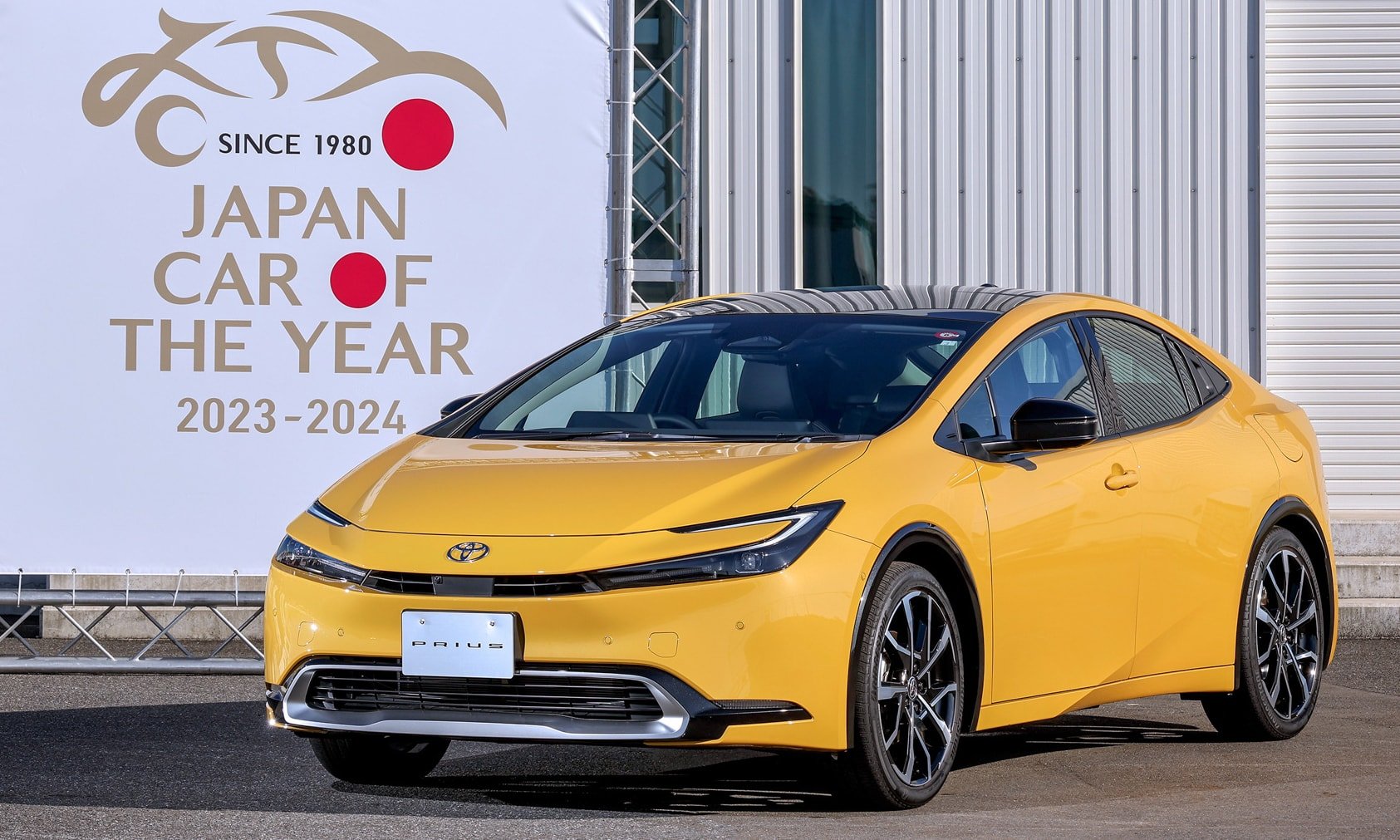
But how do different types of hybrid cars work and what sets them apart?
Parallel Hybrids
Parallel hybrid systems use both a gasoline engine and an electric motor to drive the wheels, which can operate simultaneously or independently. Toyota first introduced this system on the Prius in Japan in 1997, with two electric motors placed between the gasoline engine and the front wheels, using a small capacity battery pack (0.8–1.4 kWh).
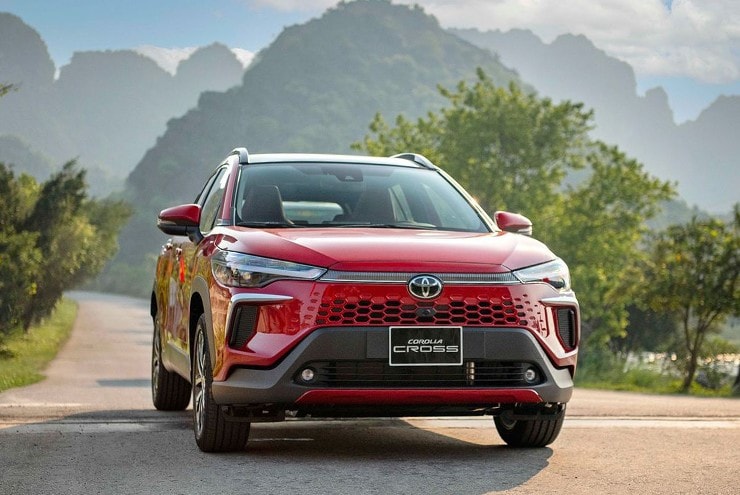
The system incorporates a “power split” feature, combining both sources to deliver torque solely to the wheels. At low speeds or light loads, the vehicle can run purely on electric power, while the gasoline engine kicks in when more power is needed.
The regenerative braking system recovers up to 30% of the energy, resulting in impressive fuel consumption: 17–23 km/l on the Toyota Prius or Corolla Hybrid.
The highest efficiency is achieved in urban traffic conditions, where the vehicle frequently stops and starts. The planetary transmission replaces a conventional gearbox, allowing the gear ratio to be continuously adjusted, optimizing the use of electrical energy and reducing fuel consumption.
Series Hybrids
Unlike parallel hybrids, series hybrid systems are simpler. The gasoline engine is used only to run the generator, charging the battery, while the wheels are driven entirely by the electric motor. This configuration, similar to a diesel-electric locomotive, operates most efficiently at a steady speed.
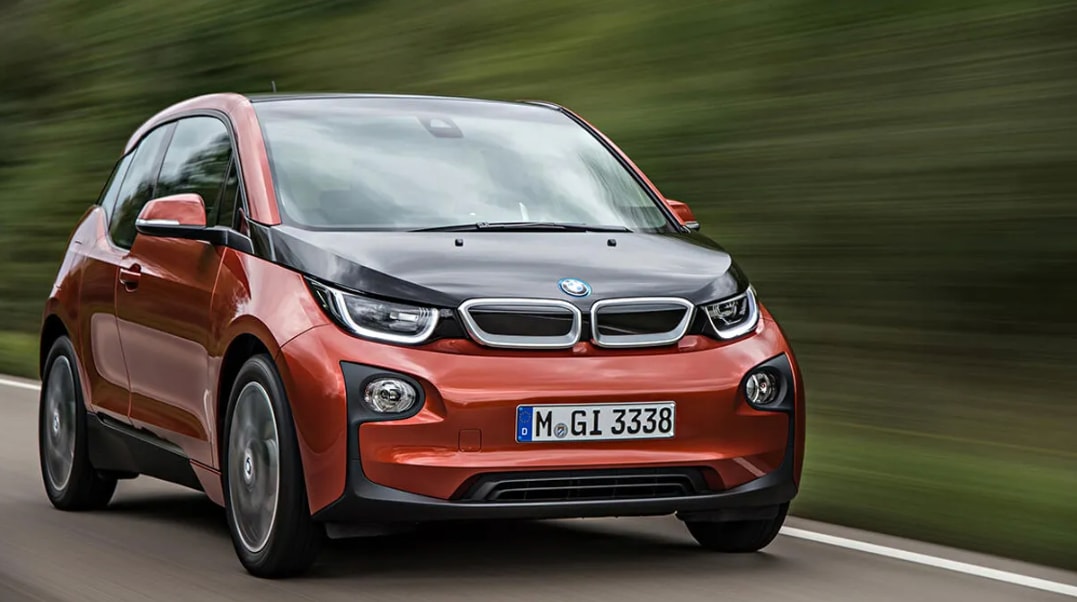
However, serial hybrids need larger capacity batteries due to the large changes in power demand when moving on the road. In the US, some models such as the BMW i3 REx, Fisker Karma or the upcoming Ram 1500 Ramcharger use this system, but the number is not much.
Plug-In Hybrids (PHEVs)
A plug-in hybrid vehicle (PHEV) is an upgraded version of a parallel hybrid, with a larger battery that can be charged from the grid, allowing the vehicle to run on pure electric power for a certain distance (between 11 and 82 km according to EPA 2024). The Chevrolet Volt (2011–2018) was the pioneer, helping many users travel daily on electric power alone.
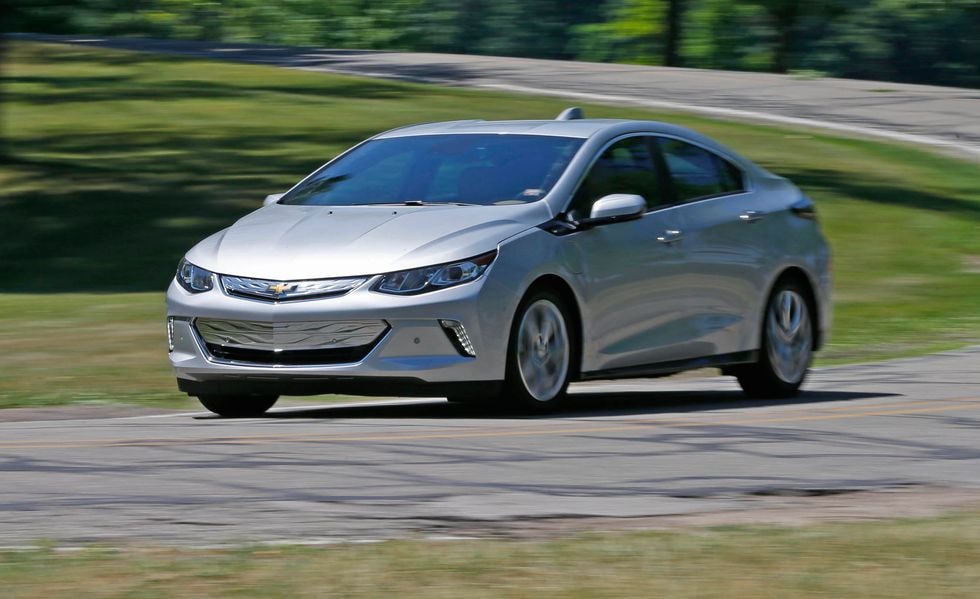
PHEVs like the Toyota Prius Prime, RAV4 Prime, and models from Hyundai, Kia, and Jeep 4xe are all built with parallel hybrid systems. However, without regular charging, these models operate like regular hybrids, but are heavier and more expensive.
Mild Hybrids
Mild hybrids use an electric motor that is not powerful enough to propel the vehicle on its own, usually located between the engine and transmission or integrated into the starter system.
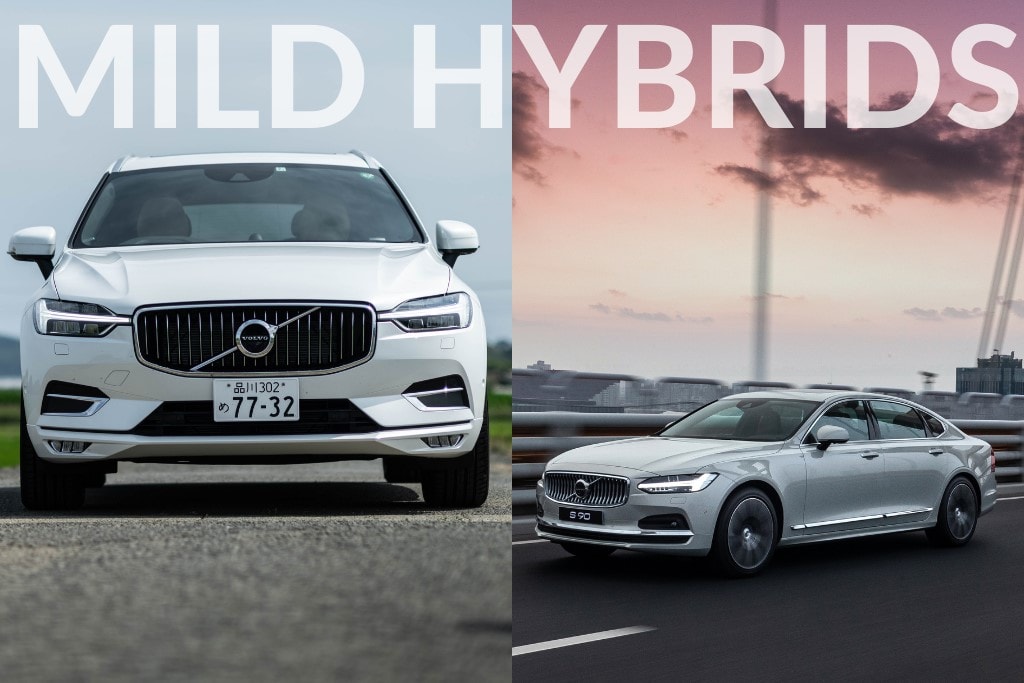
The system uses a small battery to store energy from regenerative braking or excess engine power, assisting with acceleration and saving fuel, though with less efficiency than a full hybrid.
Mild hybrid systems typically operate at 48V, providing better performance than conventional 12V systems but at lower cost than full hybrids (280–400V).
Source: https://baonghean.vn/cac-loai-xe-hybrid-nguyen-ly-van-hanh-cau-tao-va-uu-nhuoc-diem-can-biet-10304494.html






![[Photo] Prime Minister Pham Minh Chinh receives President of Cuba's Latin American News Agency](/_next/image?url=https%3A%2F%2Fvphoto.vietnam.vn%2Fthumb%2F1200x675%2Fvietnam%2Fresource%2FIMAGE%2F2025%2F12%2F01%2F1764569497815_dsc-2890-jpg.webp&w=3840&q=75)
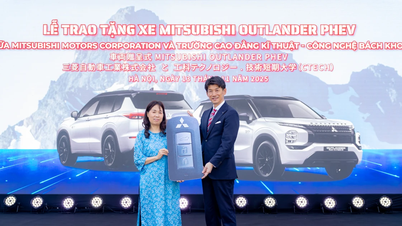

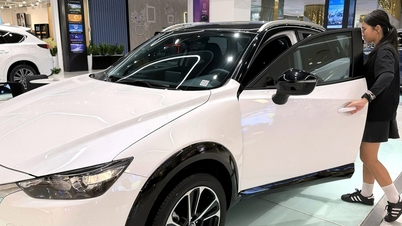

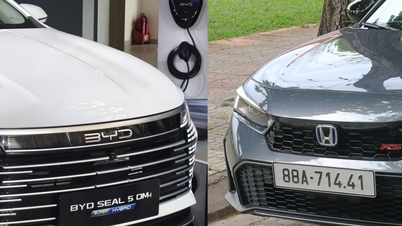


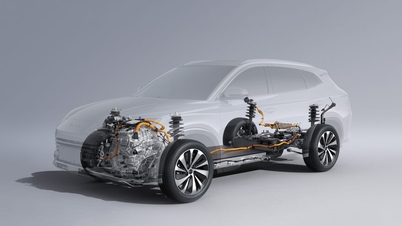
































































































Comment (0)